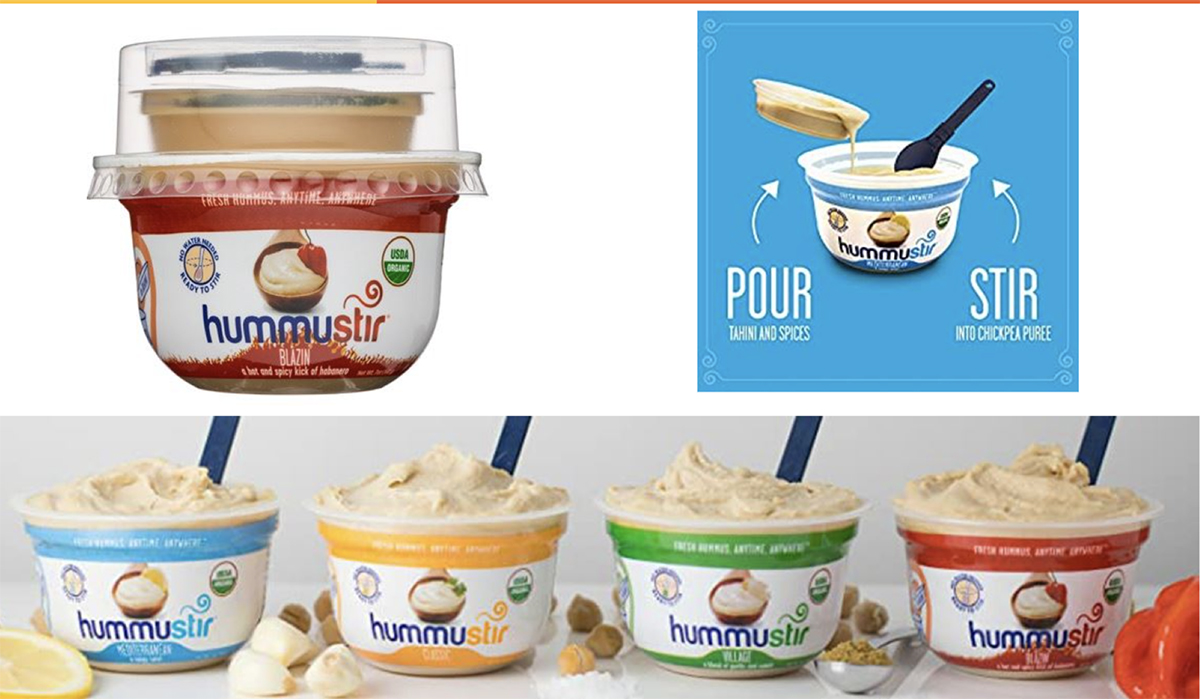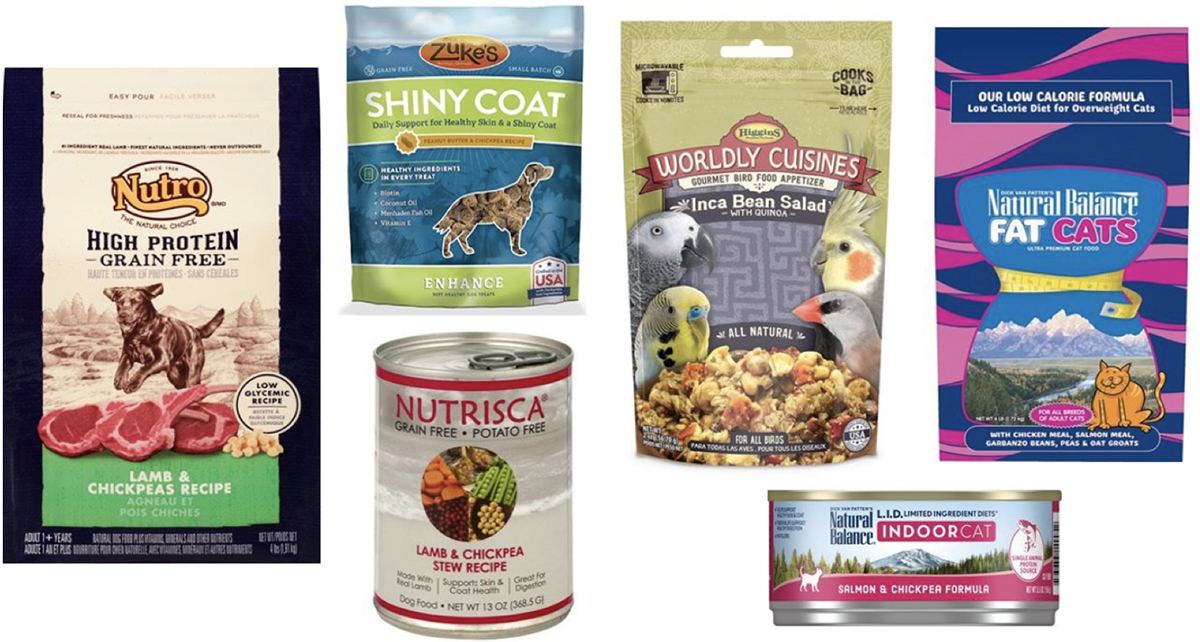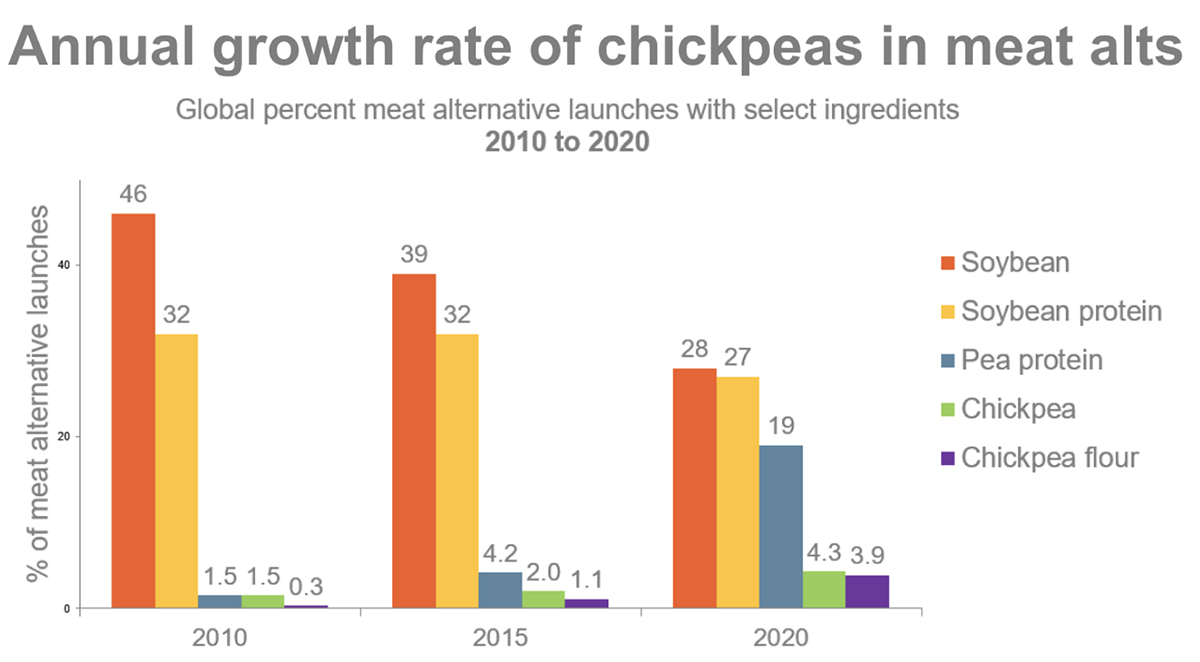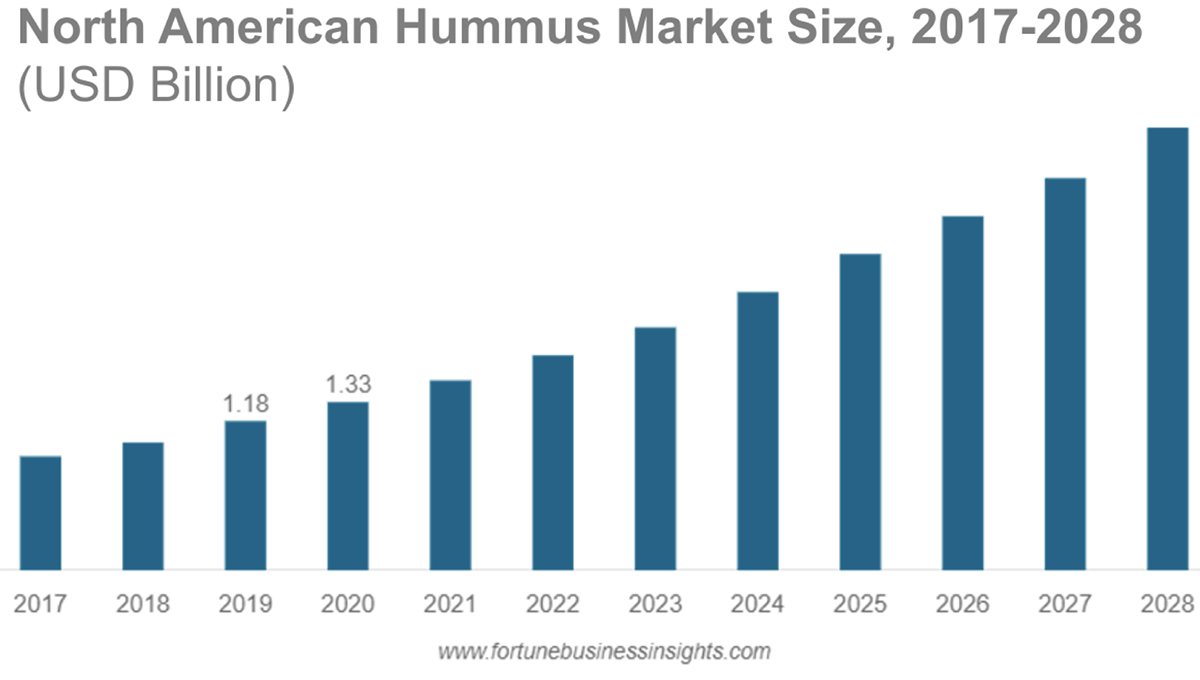March 28, 2022
In a webinar presented by Food Business News in association with Ardent Mills, panelists shared insights on the increasing applications of chickpeas across the value-added sector.

In a webinar presented by Food Business News in association with Ardent Mills and moderated by Keith Nunes of Food Business News, panelists Donna Berry, Contributing Editor at Food Business News, Kathy Lewis, Senior R&D Scientist at Ardent Mills and Kyle Hinrichs of Hinrich Trading Company (a division of Ardent Mills) shared insights on the increasing applications of chickpeas across the value-added sector.
Far from being a staple food in the US, chickpeas in their whole form are not a large part of the North American diet. They are, however, hugely popular in the form of hummus and it is estimated that around 26% of US households (around 80 million people) buy the chickpea dip regularly.
In the FBN webinar, panelists proved that the potential of the chickpea goes well beyond hummus. Touching on the growing popularity of falafel, Donna Berry highlighted the versatile nature of chickpea flour and its consequent increasing application in gluten-free products.
She then gave an extensive overview of the innovations in ready-to-eat chickpea products, including Banza, who makes chickpea-based riffs on classic comfort foods, from pizza bases to mac ‘n’ cheese, as well as touching on traditional brands who are exploring chickpea innovations, such as Green Giant’s “veggie rices” and Barilla’s chickpea flour pastas. Products such as these, she indicated, have multiple benefits for the consumer as they have a higher protein content compared to wheat-based products and tend to be allergen-free.
Berry went on to show how the US hummus craze has progressed in recent years to include top-down condiment bottles, sweet hummus and a vast and varied range of snack packs.

Source: FBN
And, to dip in all this hummus, the US market is full of chickpea chips or “hummus chips”, a healthier alternative to traditional potato chips made from chickpea flour or a blend of different flours. Elsewhere in snacks, roasted chickpeas are also gaining traction as a healthy treat for between meals.
In the alternative dairy sphere, chickpeas have joined soy, hemp and pea as a key ingredient in dairy-free milks, ice cream and even the first ever cultivated chickpea yogurt.
Berry also touched on the increasing uses of chickpeas as a way to add protein in baby foods as well as its application in the ever-expanding plant-based pet food industry, featuring in everything from kibble to bird food.

Source: FBN
According to Modor Intelligence, the chickpea market is expected to see an annual growth rate of 4.8% through 2025, largely thanks to its versatility in the plant-based product sphere. Mintel predicts the pulse will continue to gain popularity from actors in the alt-meat sphere as 63% of US plant-based protein consumers would like to see more products made with whole food ingredients. Growth has been impressive given chickpeas’ relatively new arrival on the plant-protein scene and it is possible that chickpeas will see a boom similar to that of pea protein.

Source: FBN
Technomic found that one quarter of Americans are interested in eating pizzas with crusts made from alternatives to wheat flour, meaning chickpeas, which yield a neutral-tasting, easy to use flour, have room for some serious growth.
Even with all this innovation, there’s no danger of hummus losing its crown as king of the chickpea products with the US hummus market expected to increase from $2.9 billion in 2021 to $6.6 billion in 2028.

Source: FBN

chickpeas / North America / Food Business News / Ardent Mills / Henrichs Trading Company / value added / alternative meats / plant based
Disclaimer: The opinions or views expressed in this publication are those of the authors or quoted persons. They do not purport to reflect the opinions or views of the Global Pulse Confederation or its members.